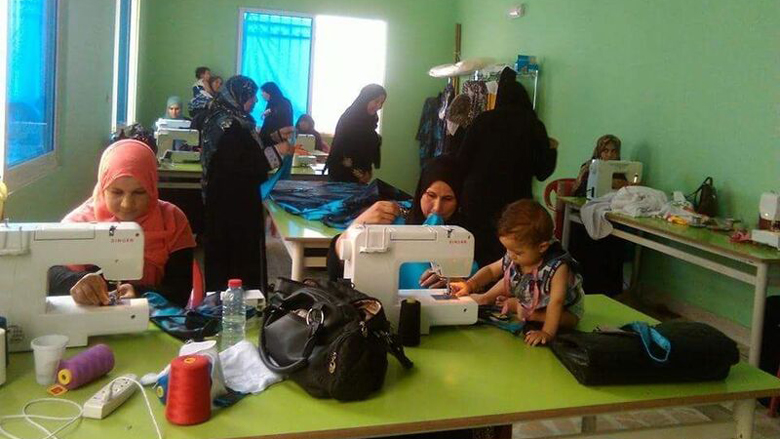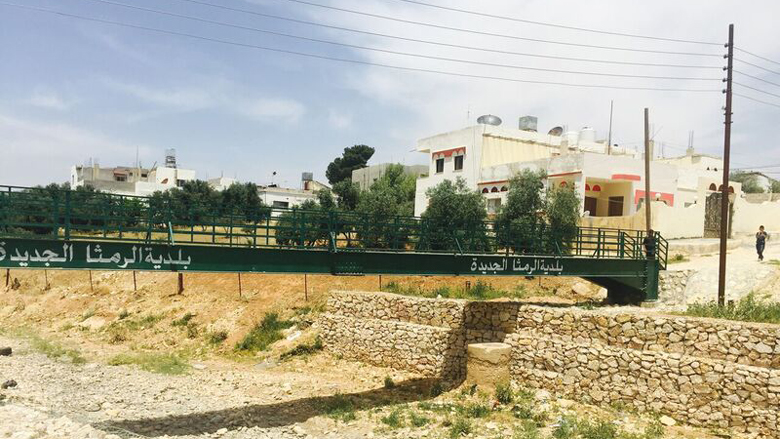Humanitarian agencies have played a colossal role in providing food and protection for the hundreds of thousands of Syrian refugees who have found refuge in Jordan since the Syrian crisis began in 2011. However, the resulting increase in population has put enormous pressure on Jordan’s scarce resources and underfunded local services, demanding a longer-term approach to the crisis, too.
Fewer than 100,000 of the 630,000 Syrians who have entered Jordan as registered refugees live in camps; the rest live amid local communities in Jordanian towns and cities. Population pressure means gaps in public services have grown. In response, in 2013, the World Bank Group launched its Emergency Services and Social Resilience Program (ESSRP) to help municipalities and host communities cope.
“The program is one of the first to address the impact of Syria’s humanitarian crisis using a development approach that hands local Jordanian authorities the means to manage the effects the refugee influx is having on them, principally by providing them with a predictable source of financing,” according to Sima Kanaan, Lead Social Development Specialist and the project’s task team leader for the World Bank. “This makes it possible for local authorities to invest in services they identify with their communities as priorities.”
Acting on the premise that improvements in service delivery build public confidence in local government, the Bank’s program of fiscal transfers supports municipal services, reduces community tensions, and strengthens local resilience and adaptability. Twenty municipalities have benefited from the project, each selected for the large number of refugees they host in proportion to the original size of their population.
The town of Zaatari has, for example, seen its population double from 5,000 to 10,000 since the Syrian crisis began, and the same applies to Al Mafraq, where it has doubled to 73,500. Both towns are located near Al-Zaatari refugee camp, the largest camp in Jordan.


